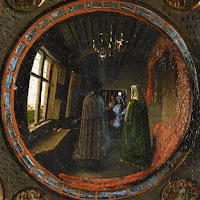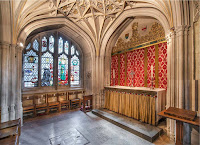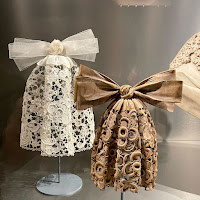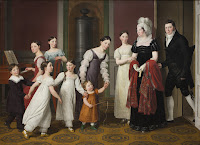The Arnolfini Portrait: Shifting Perspectives

Useful online lecture from the National Gallery looking at Van Eyck’s “Arnolfini Portrait” and the some of the theories about it. Katy Torbard led us though looking at the picture in some detail highlighting items in it which may be symbolic and enlarging sections which may not be so clear to the naked eye such as the roundels of the Passion of Christ around the convex mirror. She then talked us though some of the ideas about the symbolism in it and who the couple may be. It was a great help that she named the art historians behind the date behind the ideas. This is a picture I have always been fascinated by and I have seen a lot of tv programmes on it and read about it so it was really useful to have a chronological run through the various ideas about it. I suspect we will never know the answers but that doesn’t detract from it being a picture that draws you in.






















